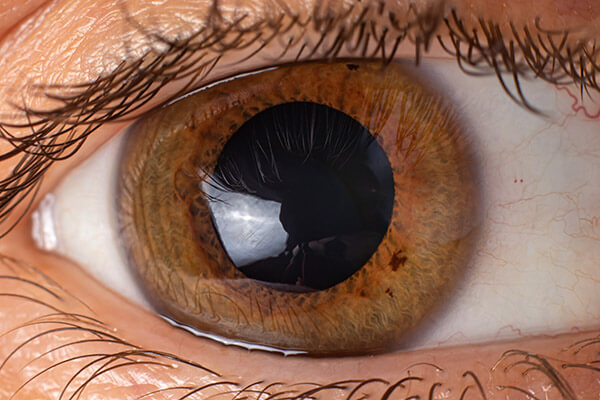
With certain eye conditions and eye diseases, a Corneal Transplant is sometimes the best or only treatment option for vision recovery.
There are various other possible reasons to have a corneal transplant. An experienced ophthalmologist should be consulted if you have severe vision loss to firstly determine the cause, and secondly, to determine the appropriate treatment. It is necessary to have a medical eye exam, which will include checking your eyeglass prescription. During this exam, your doctor can determine if vision loss is due to cataracts or if there is another cause. Tests that measure glare, night vision, sensitivity, color vision, and central and peripheral vision may be performed. If you are in the early stages of cataract development, you may be able to improve your vision by just changing your glasses.
No. The cornea is clear tissue at the front of the eye. The iris gives eyes their color and is located inside the eye, untouched during a corneal transplant.
A Corneal Transplant is virtually painless. Anesthesia is used locally or generally, depending on age, condition, and disease(s) being treated. You will not see anything during the surgery, and you will not have to worry about blinking or keeping your eye open or closed.
If you are a candidate for cornea transplants, contact our Denver or Fort Collins office to schedule an appointment. You have options when it comes to cornea transplant surgery, let Dr. Cutarelli advise the best possibly outcome based on your cornea health.
Dr. Cutarelli was the first LASIK surgeon in the Denver area to offer his patients All-Laser LASIK - utilizing the most exciting combination of technological LASIK advancements, delivering the best possible visual outcomes and the sharpest laser vision correction possible. Cutarelli Vision is a leader in LASIK surgery in Colorado. People travel from across the country to receive our expert care. If you're seeking world-class LASIK - Cutarelli Vision is your destination.